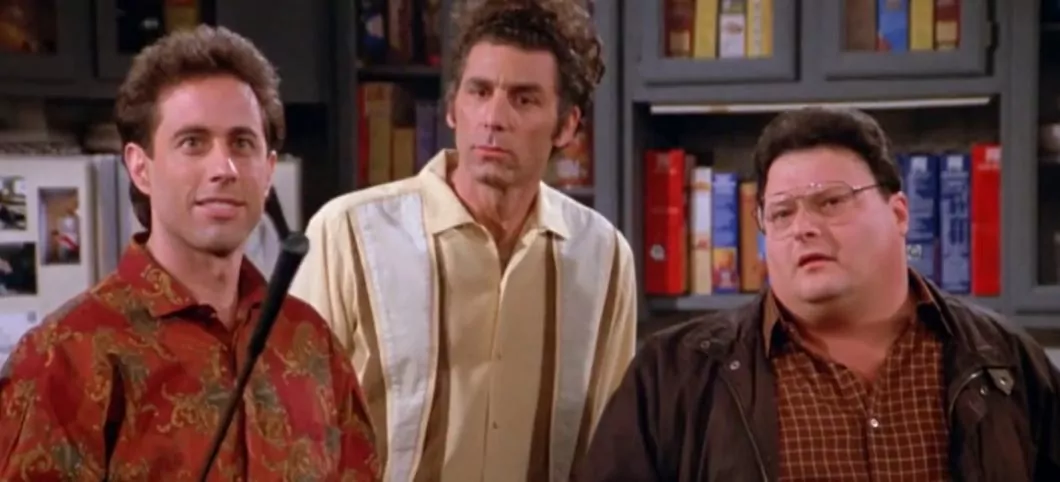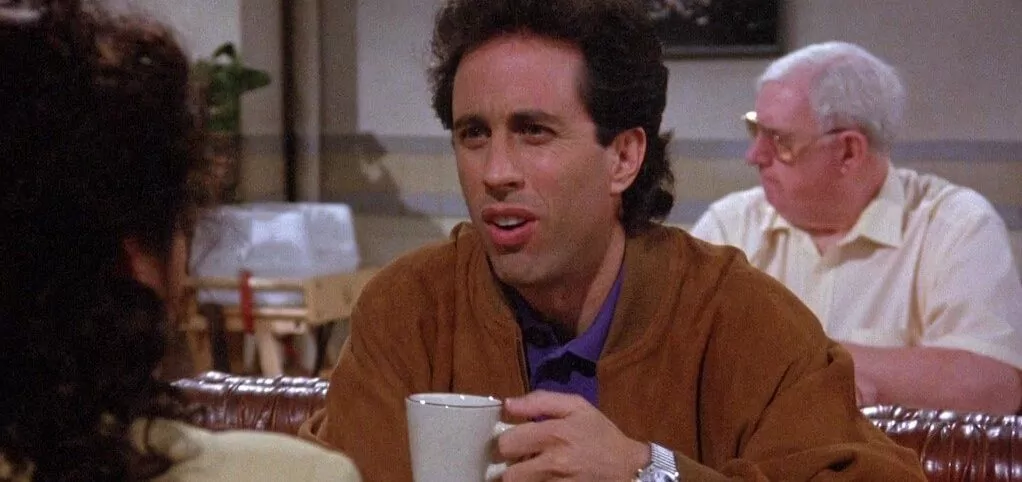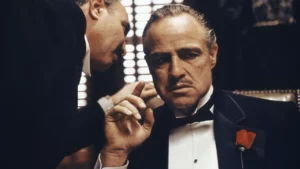
Fans of any sitcom will adamantly proclaim that their show is the finest. Despite the fact that it has been off the air for more than 20 years, Seinfeld, the “show about nothing,” is still frequently cited and alluded to. On July 5, 2021, Seinfeld, one of the most popular television shows of all time, turned 32.
Despite its shaky start, the series has gone on to become one of the most influential television shows of all time; when it premiered in 1989, it entered a sitcom landscape still shaking off the last vestiges of the 1970s sitcom renaissance, and it boldly suggested that sitcoms didn’t have to be about serious issues or even use conventional narrative methods to be good. Instead, they could concentrate on the minor details of life, the small details that add together to build our views. It was a show that thrived on trash (Well, metaphorically speaking).
Here are some of the most quintessential reasons why Seinfeld is the best sitcom to have ever graced our television:-
Seinfeld Revolutionized Sitcom Composition
Although thinking about television in terms of its story structure and the collection of plotlines, settings, and raw dramatic beats that make up any given episode of television isn’t particularly fascinating, Seinfeld’s impact on television comedy is most evident in this domain. The show’s famed “show about nothing” pitch masked how much structural labour went on behind the scenes.
Prior to Seinfeld, most comedies had an A-story and a B-story, with the rest of the hour consisting of a so-called “runner,” a joke that ran throughout the episode and told a very loose tale but didn’t do much else. Seinfeld blew all of it apart, especially in its best episodes. Each individual has their own tale, which all come together in the last minutes to form a whole that is greater than the sum of its parts. The best Seinfeld episodes are story structure marvels, with jokes and stories amalgamating and tucking into each other in ways that may be as fascinating as any plot twist in a drama.
We were intrigued to watch self-absorbed jerks.
Seinfeld’s influence extended beyond the realm of comedy. Its calm notion that characters didn’t have to be likeable as long as they were intriguing foretold a shift in television drama that wouldn’t materialise. Seinfeld is full of the types of self-absorbed jerks who would go on to star in many of the best TV shows in the years to come.
Seinfeld is one of the first shows to effectively dare the audience to empathise with its characters by seeing their worst characteristics reflected in them. It thought it could achieve this by creating characters that were both engaging and amusing. It was mainly accurate.
Seinfeld prophesied that network television will become increasingly white.
Little of this is due to Seinfeld; the whiteness of television is largely due to the Clinton-era removal of the Financial Interest and Syndication Rules. Seinfeld was the star of its relatively white 1990s Thursday sitcom lineup. It was more or less understandable that Seinfeld was so white.
The sitcom had become a mega-hit by its final season, with massive audiences across all demographics tuning in. However, although it struggled in the ratings in its early years, it was kept alive not just because it received critical acclaim and awards recognition, but also because the people who watched it were more demographically desirable to marketers. And what that usually entails are wealthy young white folks who reside in cities. What seemed innovative on Seinfeld became more difficult to swallow on the many shows it inspired.

The Show was a Forerunner to the Multi-Camera Sitcom’s Demise
When television experts refer to a “multi-camera” sitcom, they’re referring to one that works almost like a filmed play, with numerous cameras (typically four) in fixed positions capturing the action of a sitcom tape, which is normally in front of a live audience. The sitcom format’s progression can be divided into two phases, with Seinfeld serving as a broad dividing line. Jerry Seinfeld and Larry David were forced by NBC to make the show multi-camera, but once they did, they essentially broke all of the established rules of how multi-camera sitcoms worked, twisting and bending them to the point where the multi-camera sitcom had essentially nowhere else to go if writers wanted to continue to innovate.
Seinfeld and David integrated additional single-camera segments into the action as the show progressed. The longer it lasted, the more it chopped up its tales into smaller and smaller chunks, foreshadowing today’s joke-a-second pace of most single-camera sitcoms. Seinfeld, on the other hand, is a shining example of how fantastic multi-camera sitcoms can be when they’re at their best. Several of the show’s sequences would only work with the multi-more cam’s dramatic trappings. Seinfeld’s ensemble had more leeway to expand and play with the material because of the format’s constraints.
The Movie Culture Synopsis
The sitcoms will have to fill some hefty shoes left by Seinfeld. Some artists may have reverted to a more classical sound. Others, on the other hand, pushed through it and discovered that the only region left to explore was discovering new techniques to film these types of shows. Seinfeld may have been the culmination of a variety of comedy tactics, but it was also the start of a slew of new ones.



